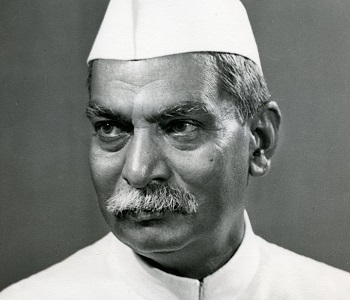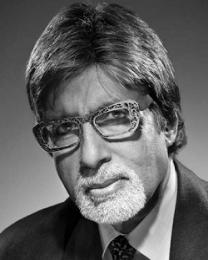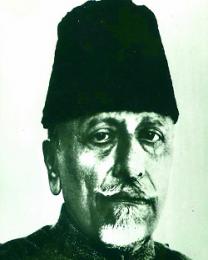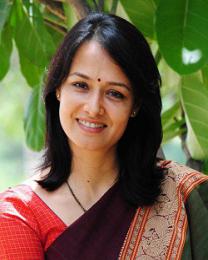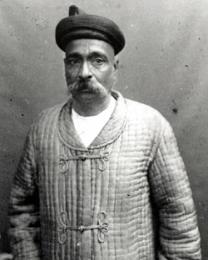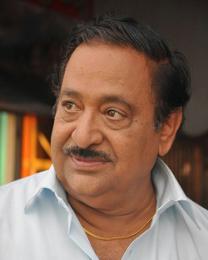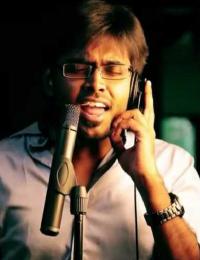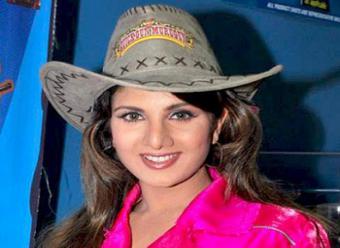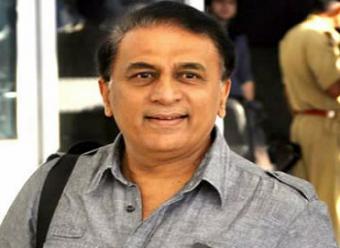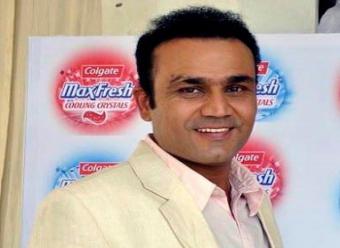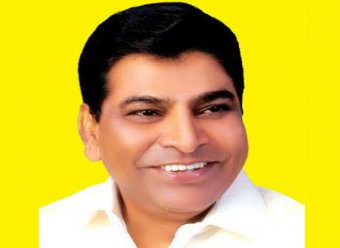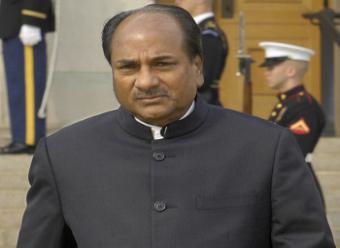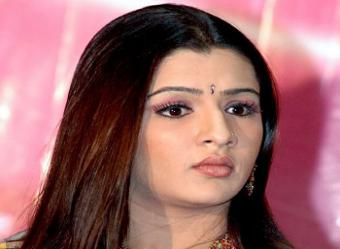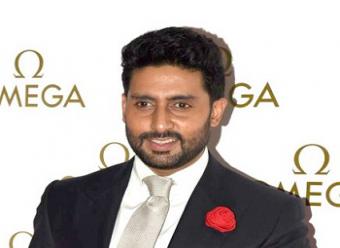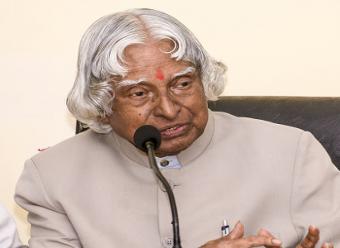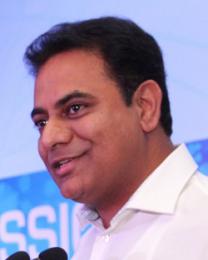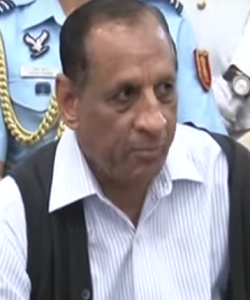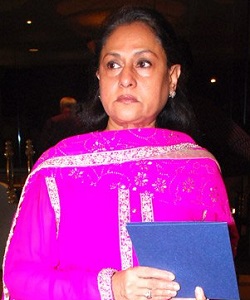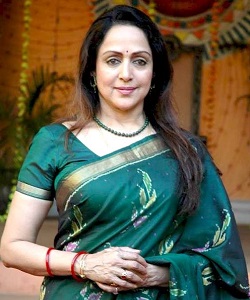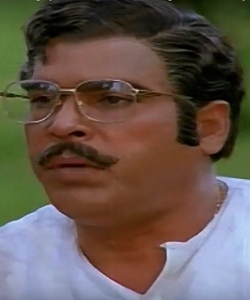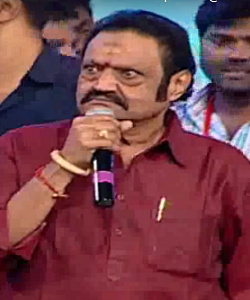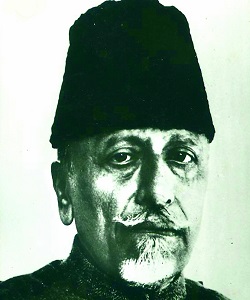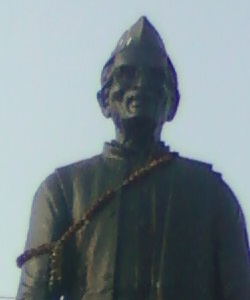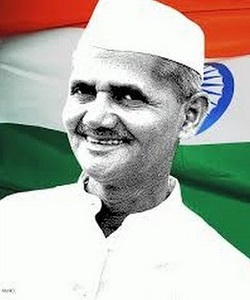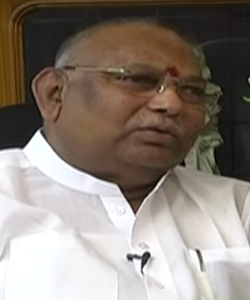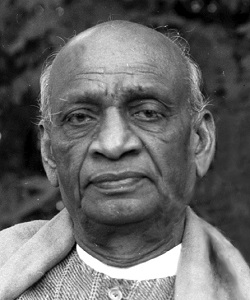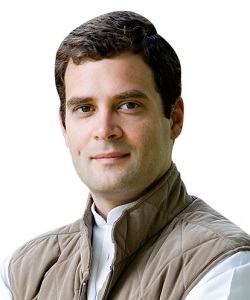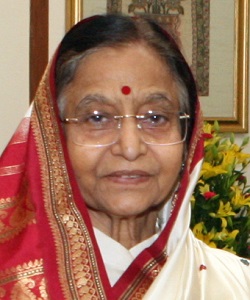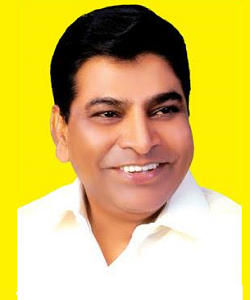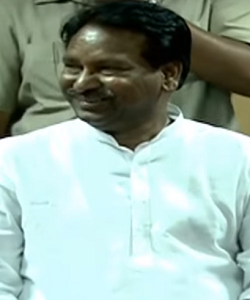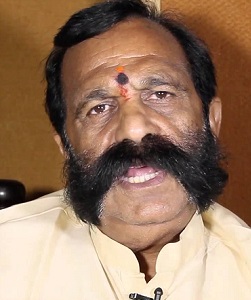Birth Name : Rajendra Prasad
Date of birth : 03/12/1884
Place of birth : Ziradei, Bihar, Bengal Presidency, British India
Category : Politicians
Early Career
Rajendra Prasad's father 'Mahadev Sahai' was a scholar of both the Persian and Sanskrit languages, while his mother, 'Kamleshwari Devi' was a religious woman who would tell stories from the Ramayana to her son. At the age of 5, He placed under the tutelage of a Moulavi, an accomplished Muslim scholar, to learn the Persian language, Hindi and arithmetic. After the completion of his traditional elementary education, he was sent to the Chapra District School, at the age of 12, he was married to Rajavanshi Devi. He passed Intermediate level classes then called as F. A. under the University of Calcutta in March 1904. Rajendra Prasad was instrumental in the formation of the Bihari Students Conference in 1906 in the hall of the Patna College.
Career
Rajendra Prasad served as a teacher. After completing M.A in economics, he became a professor of English at the Langat Singh College of Muzaffarpur and went on to become the principal. In 1915, Prasad attempt the Masters in Law, passed the examination and won a gold medal. He completed his Doctorate in Law from Allahabad University in 1937. In 1916 he joined the High Court of Bihar and Odisha. Later in the year 1917, he was appointed as one of the first members of the Senate and Syndicate of the Patna University. He also used to practice law at Bhagalpur, the famous silk-town of Bihar.
Role in Independence
In 1911 he joined in the Indian National Congress, During the Lucknow Session of Indian National Congress held in 1916, he met Mahatma Gandhi. He also responded to the call by Gandhi to boycott Western educational establishments by asking his son, Mrityunjaya Prasad, to drop out of his studies and enroll himself in Bihar Vidyapeeth, an institution he along with his colleagues founded on the traditional Indian model. He is responded to the call by Gandhi to boycott Western educational establishments by asking his son, Mrityunjaya Prasad, to drop out of his studies and enroll himself in Bihar Vidyapeeth, an institution he along with his colleagues founded on the traditional Indian model.
As A President
Rajendra Prasad was elected as the President of the Indian National Congress during the Bombay session in October 1934. He again became the president when Netaji Subhash Chandra Bose resigned in 1939. On 8 August 1942, Congress passed the Quit India Resolution in Bombay which led to the arrest of many Indian leaders. He was arrested from Sadaqat Ashram, Patna and sent to Bankipur Jail. After remaining incarcerated for nearly three years, he was released on 15 June 1945. After the formation of Interim Government of 12 nominated ministers under the leadership of Jawaharlal Nehru on Sep 2 1946, he got the Food and Agriculture department. He died on 28 February 1963.Sadakat Ashram memorial in Patna is dedicated to him.


